How To Reduce Chronic Inflammation in the Body: Effective Tips and Techniques for a Healthier You
Imagine a wildfire raging in your backyard. I mean, a no-holds-barred, roaring blaze. But this isn’t just any fire. It’s the persistent, smoldering type that refuses to be extinguished, despite your best efforts.
This, my dear readers, is what chronic inflammation is like in your body.
Chronic Inflammation is defined as inflammation that occurs for prolonged periods of time ranging from months to years, rather than the healthy acute inflammatory response our body normally undergoes to address injury or infection.
An example of chronic inflammation might be rheumatoid arthritis, but you don’t have to have a diagnosed auto-immune condition to be experiencing chronic inflammation.
And in this article, we’ll talk about how to reduce chronic inflammation. But, first…
Why the Fire Analogy, Doc?
Your body acts like a highly skilled fire department, rushing to the rescue with an acute inflammatory response. It’s a quick, potent reaction that actually promotes healing. It’s an impressive orchestration, really, one that has kept our species ticking along for thousands of years. Bravo, evolution!
When the fire becomes a slow-burning, chronic blaze, that’s when things get dicey. Your immune system, initially your body’s noble firefighter, transforms into a deranged arsonist. This can lead to the process being hijacked.
This constant inflammation can sneakily undermine your health. It potentially leads to a host of issues, including chronic diseases, heart problems, diabetes, and even Alzheimer’s disease.
What Causes Inflammation in Your Body?
What are the mischief makers that transform our bodies into these slow-burning infernos? For starters, our diets.
White bread, canned meats, fried foods. The modern Western diet is abundant in processed foods, trans fats, and sugar. It’s like a gasoline cocktail for chronic inflammation.
Then there’s the good ol’ stress factor. Constant stress revs up our immune system. Your body’s preparing for a showdown, leaving it in a perpetually inflamed state.
Our bodies were designed to handle short, intense stressors not the chronic, unending stress of our current lifestyles. Without a time machine to go back to the Pleistocene, we have to make do. But the chronic nature of modern-day stressors plays haywire with our biology.
And let’s not forget the lack of sleep. That’s right, sacrificing your z’s for a late-night Netflix binge can stoke those inflammatory flames.
Finally, we have stagnation. Passive activities like sitting for long periods can play a part in this unwelcome drama. Dr. James Levine of the Mayo Clinic has called sitting the new smoking for a reason. Research shows that prolonged sitting raises blood pressure, lowers bone density, and contributes to chronic inflammation.
Noticing a pattern here? What are some common values of the modern world? Take on more stress, sleep less, sit all day in your office chair, and eat like a wild teenager.
When you look at the factors that can contribute to the development of chronic inflammation, you might feel like all of us are doomed. Not exactly. People are pretty resilient, and it can take a long time before inflammation makes the jump from acute to chronic.
This is why testing is a good practice that goes hand in hand with improving your habits.
How To Measure Chronic Inflammation
As with our mobility protocols, my team suggests a test and retest approach to inflammation as well. Namely, we use the following health tests to determine your inflammation status and measure improvement.
- C-reactive protein (CRP):
Let’s start with CRP. Simply put, CRP is a protein produced by the liver, and it acts as a marker to indicate inflammation levels in the body. When there’s inflammation – be it from a tough workout, injury, or something more persistent – CRP levels can rise. Persistent high levels of CRP are a concern and could be a signal of ongoing inflammation, so it’s something to monitor closely. - A/G Ratio:
Next, we have the A/G ratio, which focuses on the balance between two proteins: albumin and globulin. Albumin has several roles, including helping to maintain the balance of fluids in our bodies. Globulins, on the other hand, are largely associated with our immune responses. An imbalance in this ratio can be an indicator of inflammation, with low albumin levels or high globulin levels being potential red flags. - Omega-3 Fatty Acids:
Omega-3s have garnered a lot of attention for their health benefits, especially regarding their anti-inflammatory properties. When inflammation strikes, omega-3s can be converted into molecules that help to mitigate it. By measuring levels of specific omega-3s, like EPA and DHA, we can get an idea of how prepared the body is to combat inflammation when it arises.Understanding these markers is a foundational step in taking control of your health. It’s about equipping yourself with the knowledge to make informed decisions and address potential issues before they escalate. So, consider having a conversation with your healthcare provider about these tests to gain a deeper insight into your inflammation status. Remember, proactive measures today can lead to better health outcomes tomorrow. Stay informed and keep striving for optimal performance.
If any of these numbers are out of range, I suggest re-testing in a month after implementing some or all of the changes listed below. If you see improvement, continue. If not, add more changes and retest again in another month.
How to Get Rid of Chronic Inflammation
It’s time to quench the flames. Okay, so we’ve got this insidious, smoldering in the body, how do we stop it from becoming a bonafide bonfire? Fear not, it’s not all doom and gloom. With a little knowledge and some actionable steps, you can start quenching those flames.
How To Cure Chronic Inflammation with Diet
Consume colorful, nutrient-dense, anti-inflammatory foods like berries, fatty fish, broccoli, and avocados. On the flip side, minimize your intake of inflammatory foods. I’m looking at you, processed meat, refined carbs, and fizzy drinks.
But Kelly, what about animal-based?
What about veganism?
Look, I know folks who started eating plants only. And they felt better!
I also know folks who started only eating red meat. Guess what, buttercup. They felt better too!
You know what they both did? They stopped eating processed foods, the products that get altered during the preparation stage. Start by cutting the processed junk before you ascribe to dogma. When it comes to inflammation, the worst offenders are:
Eat Healthier Fats
The topic of fat in your diet has been the subject of debate for decades, leading to all sorts of ideas about good fats, bad fats, etc.
Generally speaking, fats aren’t “bad.” You need fats to create hormones and for the cell walls in your body. More important is the type of fats you’re eating.
Try to increase your intake of mono-unsaturated fats in the form of olive oil and avocado oil. Avoid oxidized fats like the plague (trans fats and many fried foods are higher in oxidized fat.) You can also avoid oxidized fat by cooking using higher-temperature smoke-point fats or cooking using water or lower temperatures. Try to use your olive oil as a garnish.
Finally, consume saturated fats sparingly and favor high-quality brands. There have been reports of olive oil being cut with other oils to reduce costs, and higher-quality brands are also less likely to oxidize or bleach their oils during production. Bragg is a great brand for olive oil, as is Primal Kitchen for avocado oil.
Processed Sugar
Do your best to limit processed sugars. But in case you’ve been living under a rock, it’s time to ditch the sodas.
Processed & Preserved Meats (and foods)
A meta-analysis of available research around meat consumption found that eating meat has no statistically significant negative impact on health… Unless it’s processed.
Processed meats mean things like hot dogs, deli-meats, and any other meat that has nitrates in it to keep it from going bad. Fresh meats like steaks, chicken, pork chops, etc. don’t have nitrates added, but many cold cuts do.
If you want to delve deeper into the type of nutrition we promote here at the ready state, get a copy of the book Deep Nutrition by Dr. Cate Shanahan or check out any of her work or her appearances on our podcast.
How to Reduce Chronic Inflammation by Beating Stress
Stress is necessary and good. Through stress, we can do all sorts of things like growing our muscles and becoming more skilled at a craft. However, stress can also fuel inflammation if it is affecting your recovery.
You see, there’s not a lot we can do to increase our body’s natural recovery speed, but we can remove the things that slow it down. In the case of chronic inflammation, the body has developed a sort-of overloaded state of being, whether acutely in the form of a joint injury that won’t heal or a chronic condition like arthritis.
Healing these conditions can be complex, but regardless of the tools or pathway, you can think of recovery as the gatekeeper. You can do everything right to address chronic inflammation, but if you are too stressed out, change will come slowly if at all.
I recommend using a recovery tracking device like WHOOP or the OURA ring to track your Heart Rate Variability (HRV) over time. Don’t worry, these devices interpret and explain these complex health metrics in layman’s terms, so you don’t need to understand them at a deep level to get the benefit, but if you want to deep dive, check out this article on HRV on The Ready State Blog.
In the meantime, simply understand that raising your HRV score over time correlates with improving recovery and health, and often the most effective techniques are stress-reduction techniques.
Here’s how you can do just that.
Find your zen. It might be yoga, mindfulness, gardening, or even a good ol’ belly laugh with friends. Anything that helps lower those cortisol levels and gives your immune system a breather.
Second, Quality sleep is not negotiable. Prioritize it like you would an important meeting or a hot date. Seven to nine hours of quality shut-eye can do wonders for your recovery, and therefore your inflammation levels.
Finally, one of the best ways to beat stress & optimize sleep is with a 20 to 30-minute downregulation mobility routine at the end of the day.
Tissue mobilization techniques increase blood flow, restore sliding surface mechanics and reduce pain. They can also increase Heart Rate Variability scores and activate your rest-and-digest parasympathetic nervous system.
You don’t have to do a full 30-minute routine, but try to carve out 5 to 10 minutes on some key downregulation mobilizations before bed. It’s enough to defeat stress and optimize sleep.
Here are a few great mobilization routines I particularly enjoy for knocking myself out before bed. You can also always check out the downregulation series in the bonus section of The Ready State Virtual Mobility Coach app.
In general, gut smashing is one of the fastest ways to downregulate your nervous system. After that, rib tacks are great for stimulating the vagus nerve. Enjoy:
How to Reduce Chronic Inflammation with Exercise
Remember, we were designed to be active creatures. Regular, moderate exercise has a magical anti-inflammatory effect on the body. So, get up, shake a leg, do a little dance, do whatever floats your boat. Your body will thank you.
One of the leading contributors to chronic inflammation is stagnation. The less you move, the worse your inflammation gets.
At a minimum, just walk more. Aim for 8,000 steps a day and take 4 or more walk breaks. Check out my article on walking.
For a more advanced technique, take a page out of Russian strength trainer Pavel Tsatsouline’s book. Do 5 pushups or squats or pullups (or whatever) every 30 minutes. Need ideas about how to use a kettlebell to maximize your strength? We covered it in this article.
How To Fight Chronic Inflammation with TRS
I’m a big believer that simple solutions are often the most powerful. Chronic inflammation might seem like a formidable enemy, but with the right approach, it can be tamed.
Here’s to a healthier, less inflamed you! And remember, we have loads of content on these topics to help you tackle inflammation head-on. Why not sign up for a free 14-day trial to learn more?

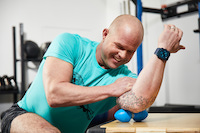
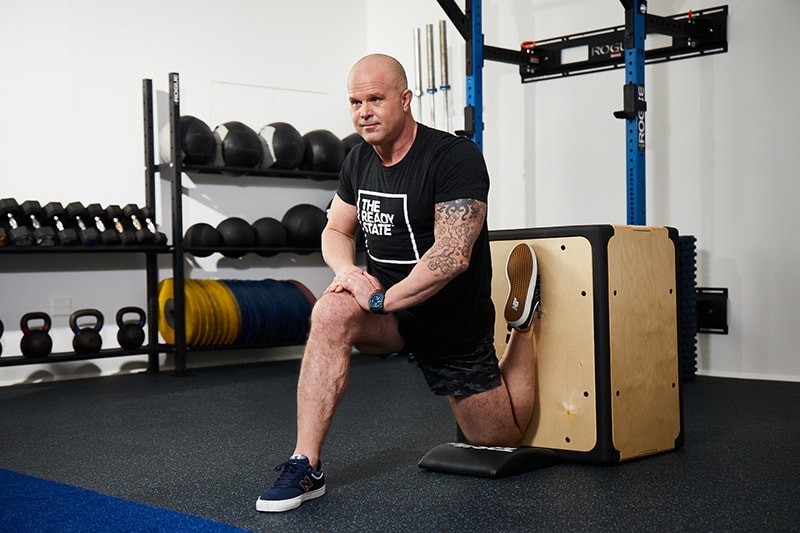

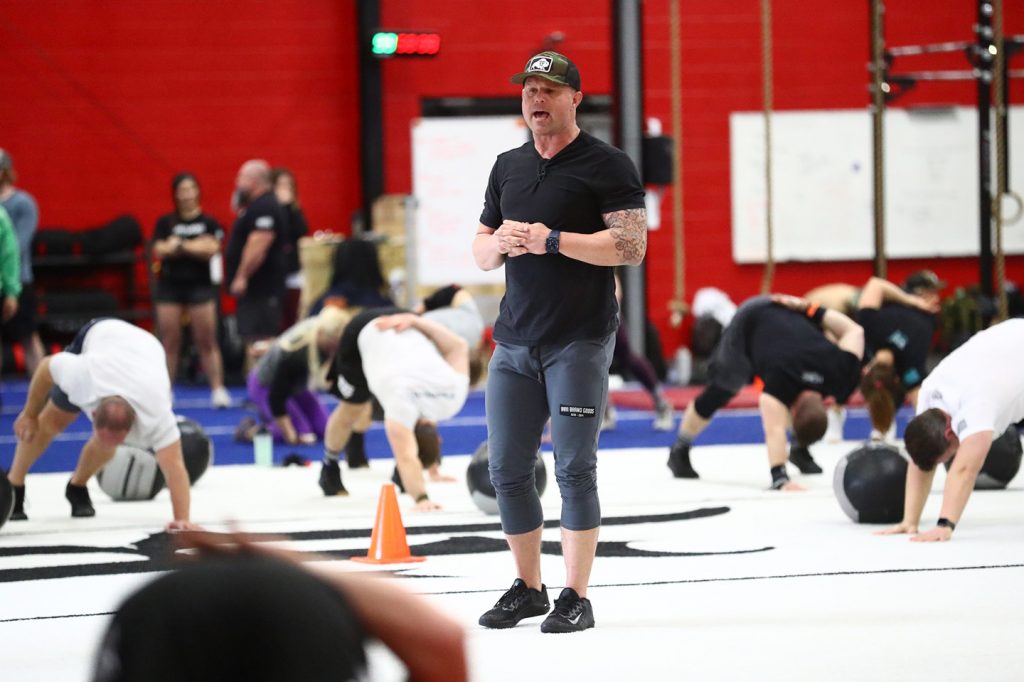
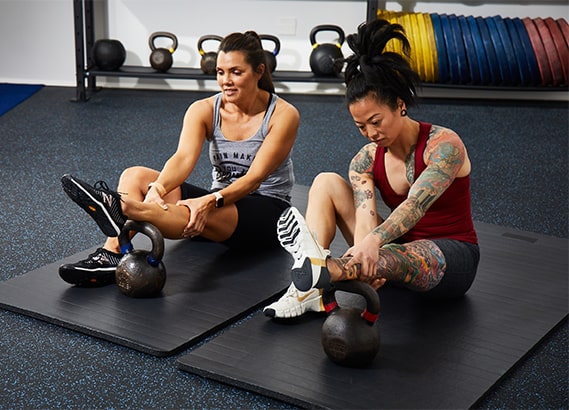
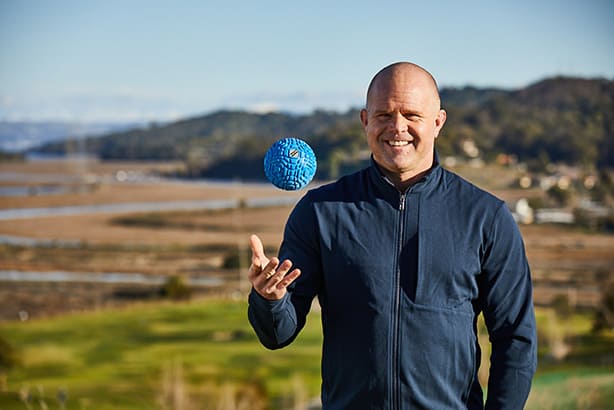
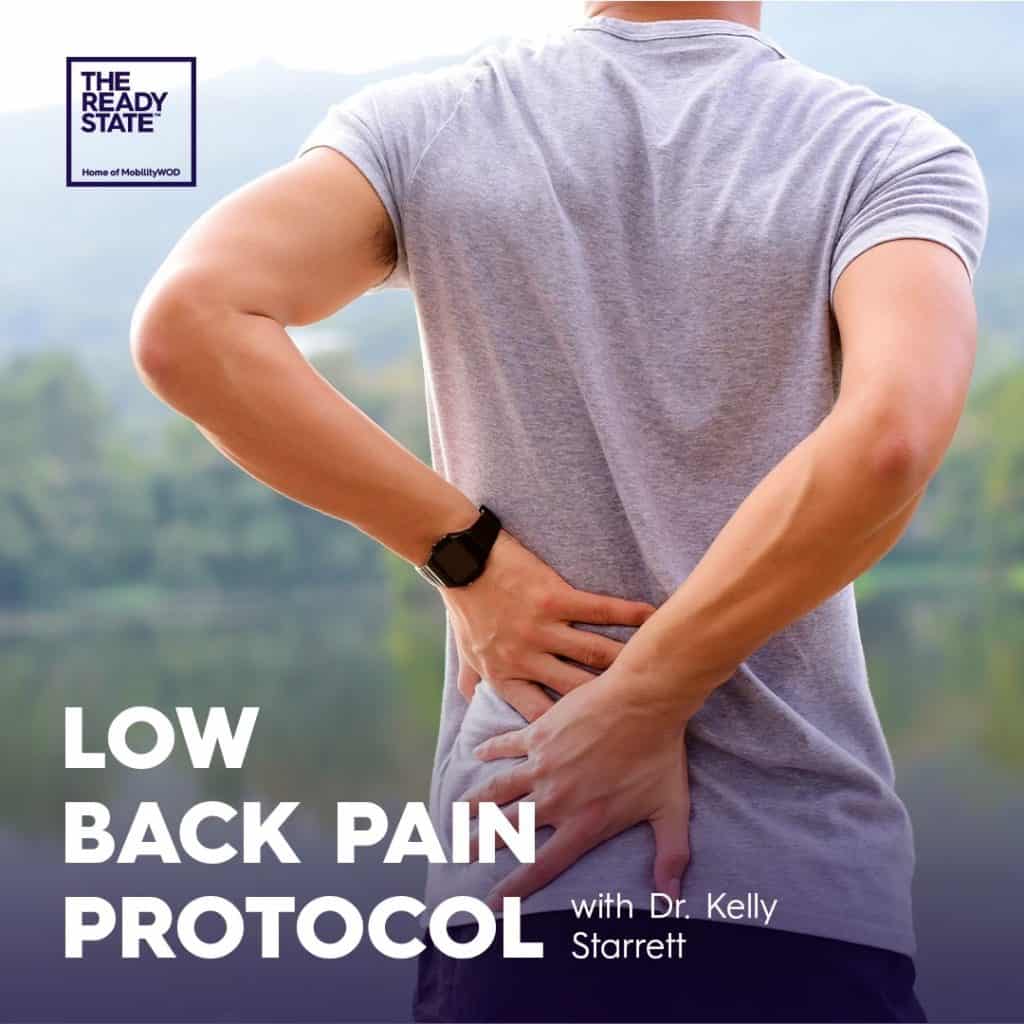

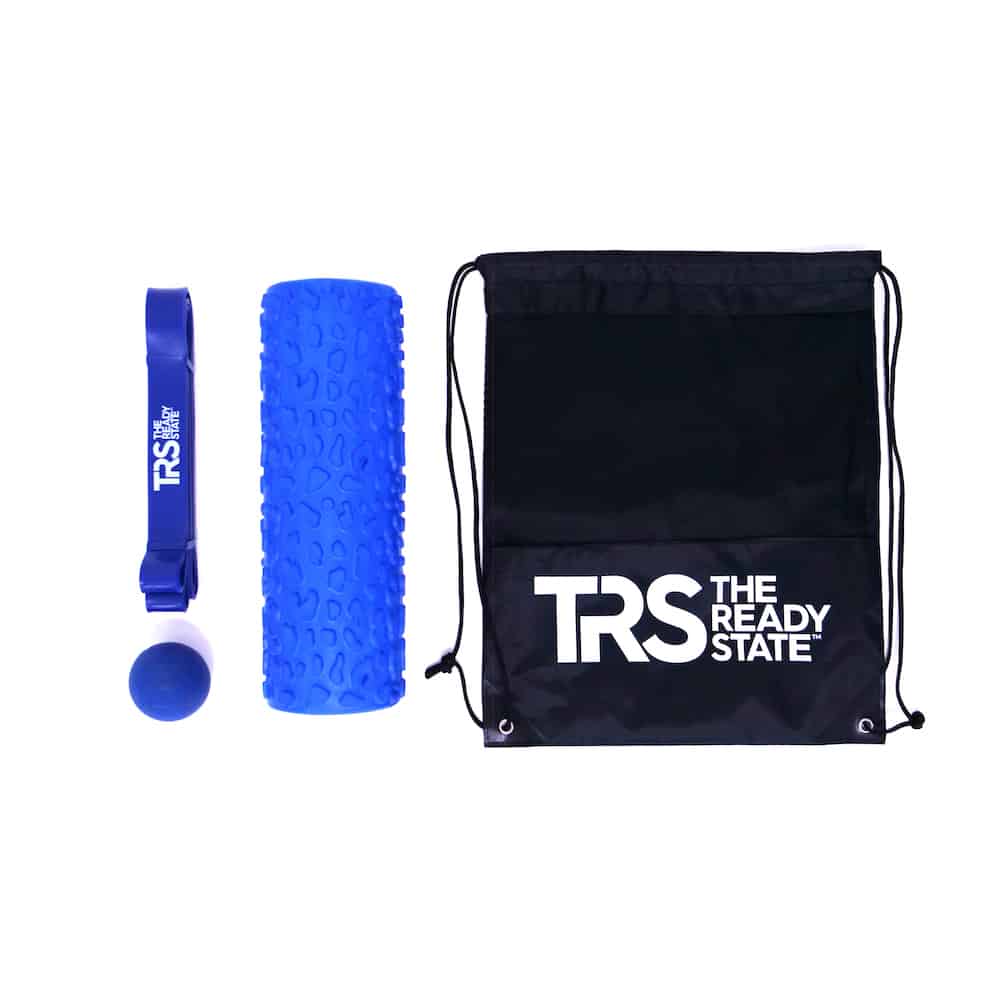









TRS Virtual Mobility Coach
Guided mobilization videos customized for your body and lifestyle.
FREE 7-Day Trial